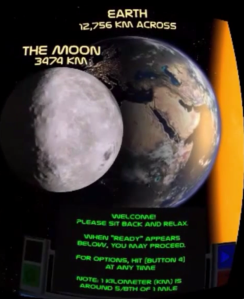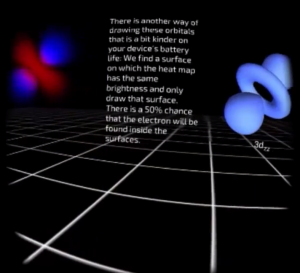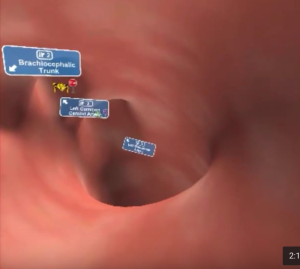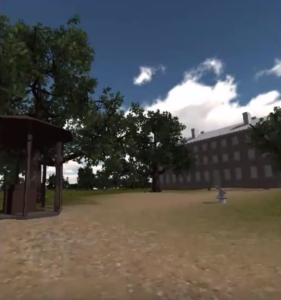Intro
This summer, I’ve been exploring Google Cardboard’s usefulness for education. I’ll state upfront that I haven’t tested out these apps with my students or other teachers yet, but these are the apps that have grabbed my attention at the moment. Cardboard is still in its infancy, so one of the themes in this post is potential. Cardboard holds a lot of potential even if there aren’t too many uses that are directly applicable to education yet.
This video contains short clips from each of the apps. Scroll past the video to read my brief reviews.
Titans of Space for Cardboard
(Link to Google Play)
I had fun with this one. The app makes it seem as though the user is flying through our solar system, going from planet to planet, and at each planet, it gives the user some information about what he is seeing. The distances aren’t to scale, and I’m not sure about the sizes because those seem off too, but the moons seem to be at the proper scale. With the free version, the first two stops in the galaxy come with voiced narration, but for more, an in-app purchase is necessary.
The content doesn’t seem to be too in-depth for higher grades, but it is a fun way of viewing the solar system. One concern I have is that I find I can’t use cardboard for more than five minutes or so without my eyes feeling strained, but this app requires more time than that to run all of the way, though. I would like to be able to choose which planets I fly to instead of having to start at the beginning each time.
Isaac3D
(Link to Google Play)
(Link to Developers)
I didn’t know too much about orbitals before I used this app, and, I won’t lie, I still don’t know a lot. But this app did teach me some new things. The user turns his head right to view written information with 3D models. At the end, there is an option to view different types of orbitals. Even though I don’t know much about this topic, I imagine the app would be useful for science teachers.
Anatomyou: 3D Human Anatomy
(Link to Google Play)
This app took me on a first-person journey through the left ventricle of the human heart. As I travelled through, I saw signs pointing to different features. Eventually, the app will include journeys through many different parts of the body, but for now it’s just the one.
Unfortunately, I didn’t think this app was that great. The ventricle all looked the same, and the app sped me by everything so quickly that I don’t actually get to look around and read the signs. There may be a way to control the navigation, but if there was, it wasn’t intuitive. The app is a good idea, but I think I’ll wait for it to be polished some more.
Exhibit
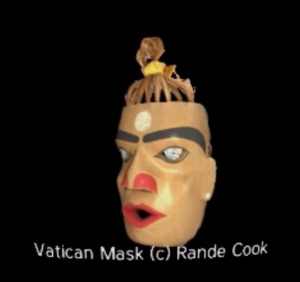
In the Cardboard app’s “demos” section, there is a demo called, “Exhibit”. In it it’s possible to look all around wooden carvings and masks by Rande Cook http://www.randecook.com/index.html . The work looked very much like West Coast First Nations’ art, so I looked up the artist, and sure enough, Rande Cook lives in Victoria on Vancouver Island. Cool! Some local talent shown off in one of Google’s apps. Congratulations!
War of Words VR (Sassoon, “The Kiss”)
(Link to Google Play)
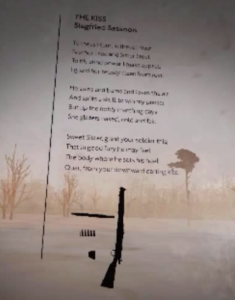
This is a short, but effective animation to illustrate Sassoon’s poem, “The Kiss”. The ending is fairly violent, so you’ll need to think about the age and maturity level of your audience. Nonetheless, I think it’s quite a powerful presentation of the poem, and, again, holds a lot of potential for other, similar apps.
Slave Poet VR
(Link to Google Play)
I’m ashamed to say I’d never heard of George Moses Horton before. Since installing this app, I learned that he was the first published poet in the Southern U.S. and composed much of his poetry while he was a slave on a plantation. You can read the Wikipedia entry (https://en.wikipedia.org/wiki/George_Moses_Horton) for more information.
This app recreates the campus of the University of North Carolina at Chapel Hill, which is where Horton composed his early poetry. In the app, I walked around the university and, at various locations, come across pillars with books on them. When I approached each book, one of Horton’s poems popped up for me to read.
This a good app for an introduction to George Moses Horton, but it also opens the door for other potential apps that could situate information in some sort of context. Perhaps students could use Sketchup and 3Dmodelviewer to do this very thing.
3Dmodelviewer
(Link to Google Play)
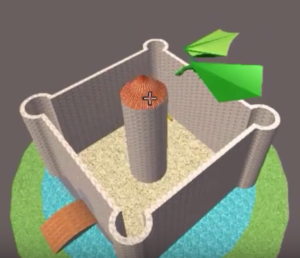
I’ve done a fuller write-up in my previous post here. It is possible to have students create small models and then allowing them or others to immerse themselves in them. I really like the idea of allowing the students to create, manipulate, and explore the content. I only wish that it were possible for them to do this easily in more ways than just making 3D models.
360 Video Channel (Neymar and Hyenas)
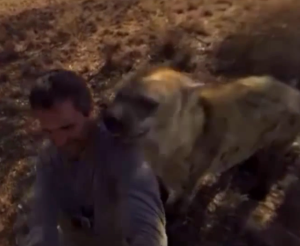
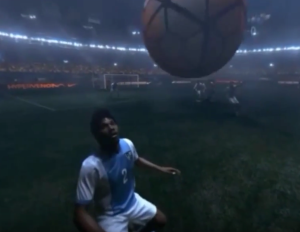
The #360 Video Channel doesn’t have all of the VR videos I’ve seen on YouTube, but it has many of them. Predictably, most of the videos are not educational. Right now, they tend to be more exciting, daredevil-type films, with a good dose of suspense/horror videos. But I’ll be keeping an eye on this channel, and sometimes even non-educational videos could be useful, too.
Here are a couple I like: “Hyenas Wrestling with Kevin Richardson”, and “Nike Hypervenom II – The Neymar Jr. Effect, A Virtual Reality Experience”.
Photo Spheres
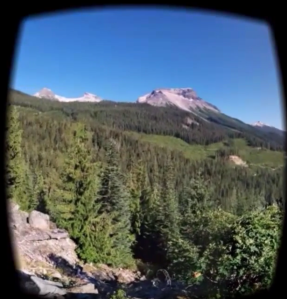
Even though they are not 3D, photospheres look great when viewed through Cardboard. The device gets rid of other distractions, so it does feel more immersive.
It’s not difficult to find photospheres online, although getting other people’s to work with Cardboard may require a few steps. Students, too, could create photospheres let others view them as part of an assignment.
So, there you go. These are some educational apps to check out with Google Cardboard. Like I said, most of them are more about the potential of what may come and aren’t necessarily ready right now, but I’ll certainly be keeping an eye out for more.

